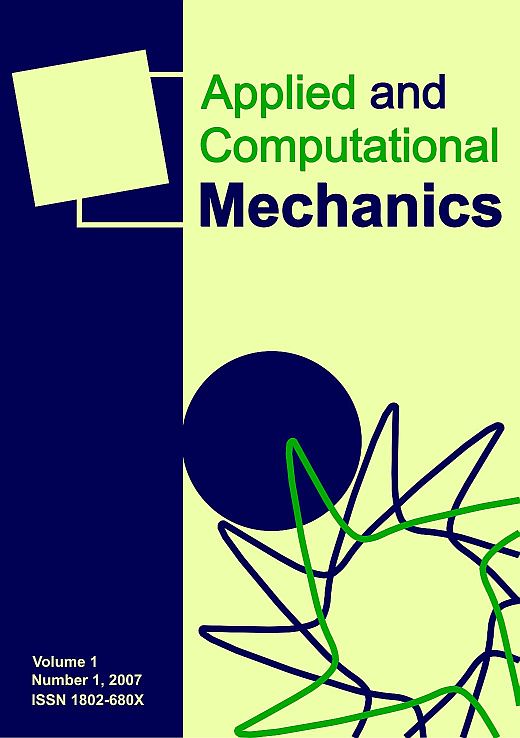Design of the blisk of an aircraft turbojet engine and verification of its resonance free operation
Keywords:
jet engine, blisk, critical speed, experimental modal analysis, resonanceAbstract
Integral turbine wheels belong to one of the most stressed parts of jet aircraft engines. In addition to high rotational speeds and temperatures, they are also subjected to dynamic forces from a non-uniform pressure field in the flow path. Dynamic forces even at a relatively small amplitude can cause failure by fatigue, which leads to fracture of blades and crash of the machine. These adverse conditions, called resonance, should be avoided already in the design stage when a suitable choice of stator vanes and the number of blades can move the critical speed of the blisk beyond the operating speed or at least reduce their influence. In the case of a small jet engine produced by the První brněnská́ strojírna (PBS) Velká́ Bíteš, the operating speed is of nearly half of the entire speed range of the machine. This makes the design of a proposed turbine wheel very complicated. A higher harmonic order of aerodynamic excitation is almost always present, its influence was therefore tested experimentally by vibration tests in the test station PBS Velká́ Bíteš.
Downloads
Published
Issue
Section
License
Copyright (c) 2016 Applied and Computational Mechanics

This work is licensed under a Creative Commons Attribution 4.0 International License.







